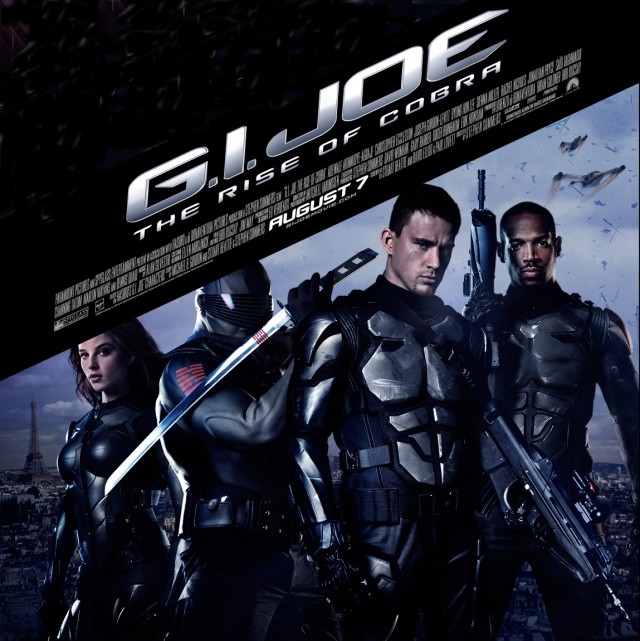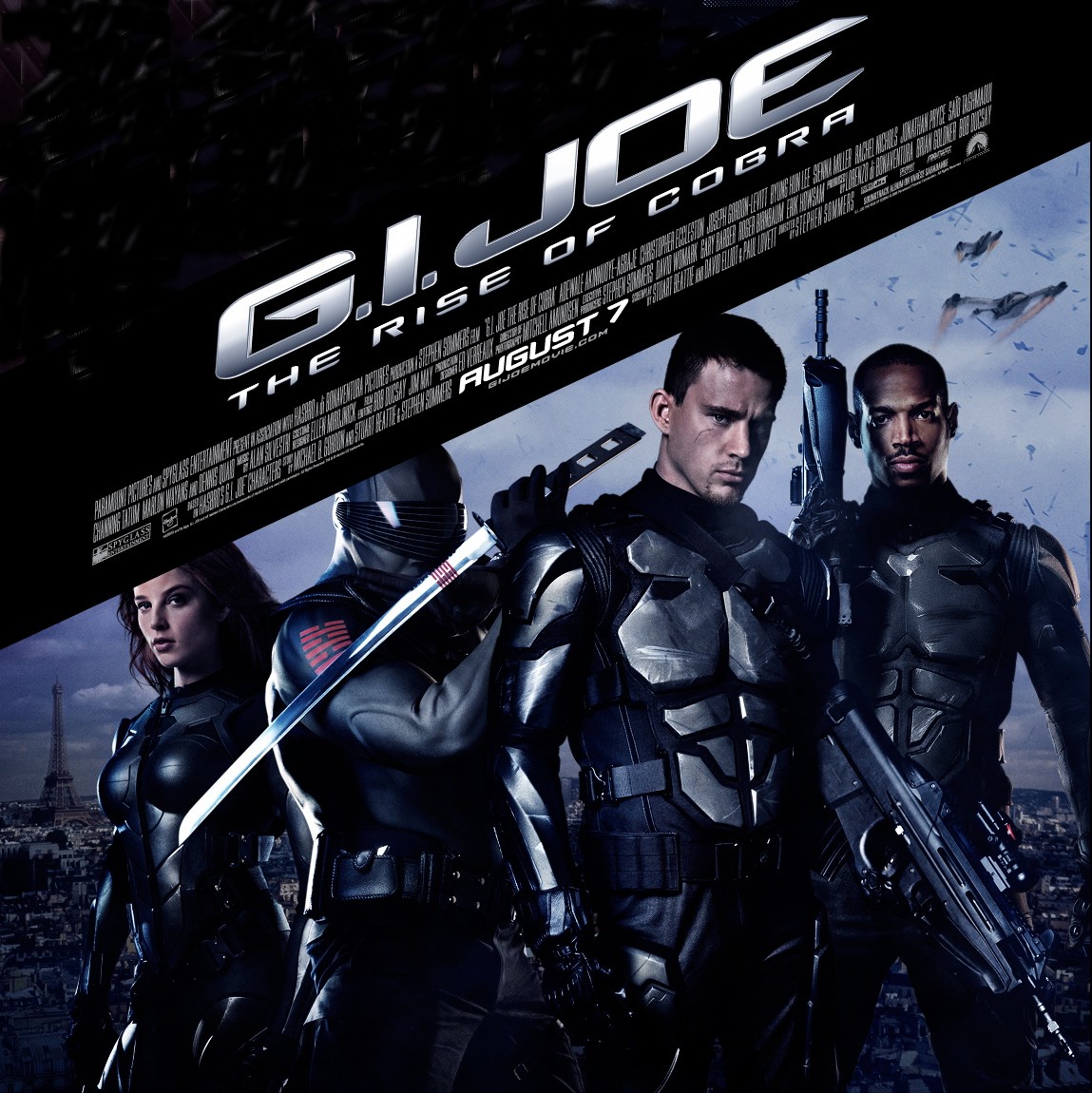WASHINGTON (Army News Service, Aug. 7, 2009) -- One of the Soldiers in the opening scene of "GI Joe: The Rise of Cobra," wasn't able to see the film's debut this week.
Chief Warrant Officer John "Buzz" Covington was with the 21st Cavalry Brigade when he helped film an Apache attack helicopter scene at Fort Hood, Texas. But he's now in Iraq with the 4227th Armored Reconnaissance Battalion and is scheduled to be there until May.
"I unfortunately won't be able to see the movie for some time," Covington said, but he added that his wife, Maj. Darcy Saint-Amant, was excited about going to the film's opening tonight.
Covington, an AH-64D Apache pilot, said he actually appears on screen with a few lines in the movie. He and other members of the 21st Cavalry Brigade helped film the Apache scene in an empty hanger the unit was maintaining at Hood.
The Army provided director Stephen Sommers and his crew with an Apache helicopter, extras and help with uniforms and the script.
"I was asked to look over the script and the director was very receptive to all of the changes I suggested to ensure a more authentic portrayal of an Apache combat flight," Covington said.
The Apache scenes were filmed in August 2008 at Fort Hood. The crew filmed an Apache helicopter behind a green screen and filmed two other Apaches taking off for an actual training mission.
"It was a VERY long day, and most of us ended up working about 18 hours that day," Covington said.
Chief Warrant Officer Santiago Torres helped ensure that all of the support elements from the 21st Cavalry Brigade were in the right place at the right time to keep the shooting schedule on track.
In the movie, the elite GI Joe team uses not only the latest in military equipment, but also "next generation" weapons. The film stars Channing Tatum, Marlon Wayans, Dennis Quaid and Sienna Miller among others. They battle the corrupt arms dealer Destro and the rising Cobra organization.
"The Army is the good guy in this movie," said Army Film Liaison Officer Lt. Col. Gregory Bishop. "It shows a fantasy version of the Army, but it captures the Army's values of duty, honor and country."
Bishop and other members of Army Public Affairs in Los Angeles provided advice as scenes were being filmed at Fort Hood and in California.
Lt. Col. Paul Sinor, a retiree recall last year, worked extensively with the GI Joe cast in Simi Valley, a location about 30 miles from Hollywood occasionally used by the film industry because it appears remote.
Among other things, Sinor helped teach the GI Joe actors how Soldiers handle weapons.
"I don't want somebody who has just gotten out of the Army to look at this film and say 'Oh, that's just another actor,'" Sinor told Paramount Pictures for their production notes.
"We might request changes, say to dialogue, when there might be an exchange between a sergeant and officer that isn't exactly correct," Sinor said. "Or there might be a reference to jeeps. Everybody thinks the Army still drives jeeps, but we haven't driven them since the mid-1970s. So we have it changed to the appropriate vehicle."
When a Humvee rolled over in Simi Valley and actor Chatham Tatum was filmed carrying a "wounded buddy" away from the vehicle, Master Sgt. Kanessa Trent intervened to fix the scene. She showed Tatum how to do a correct fireman's carry. She even allowed Tatum to practice carrying her until he got it right.
Trent, though, won't be viewing the results of her work on the film for some time, either. She's now serving in Kabul, Afghanistan.
(Jacqueline Hames contributed to this report, and information was also obtained from the Paramount Pictures Web site for the film.)


Social Sharing